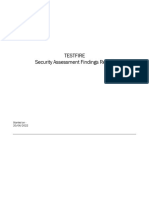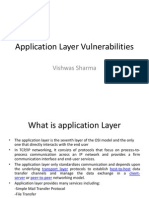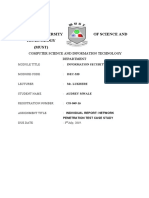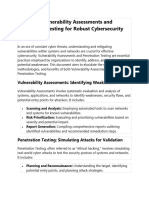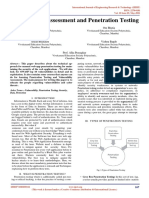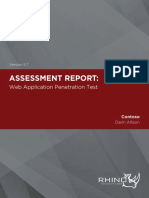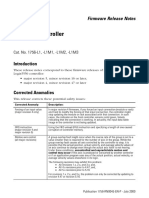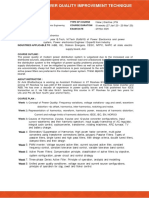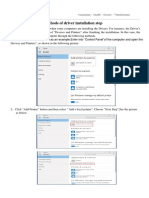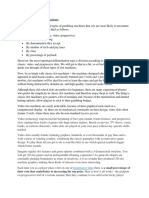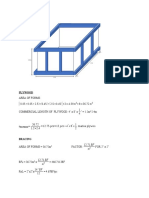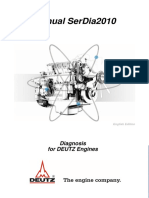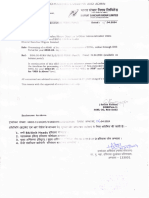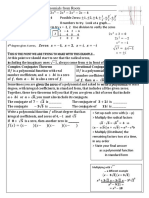0% found this document useful (0 votes)
64 views16 pagesSample Report - Web Application Penetration Testing v1.0
The document is a Vulnerability Assessment and Penetration Testing Report prepared by SecureLayer7 for a web application, detailing the testing process, findings, and recommendations. The assessment identified six vulnerabilities, including one high severity issue related to privilege escalation. The report emphasizes the importance of addressing these vulnerabilities to enhance the application's security posture.
Uploaded by
jainCopyright
© © All Rights Reserved
We take content rights seriously. If you suspect this is your content, claim it here.
Available Formats
Download as PDF, TXT or read online on Scribd
0% found this document useful (0 votes)
64 views16 pagesSample Report - Web Application Penetration Testing v1.0
The document is a Vulnerability Assessment and Penetration Testing Report prepared by SecureLayer7 for a web application, detailing the testing process, findings, and recommendations. The assessment identified six vulnerabilities, including one high severity issue related to privilege escalation. The report emphasizes the importance of addressing these vulnerabilities to enhance the application's security posture.
Uploaded by
jainCopyright
© © All Rights Reserved
We take content rights seriously. If you suspect this is your content, claim it here.
Available Formats
Download as PDF, TXT or read online on Scribd
/ 16



























